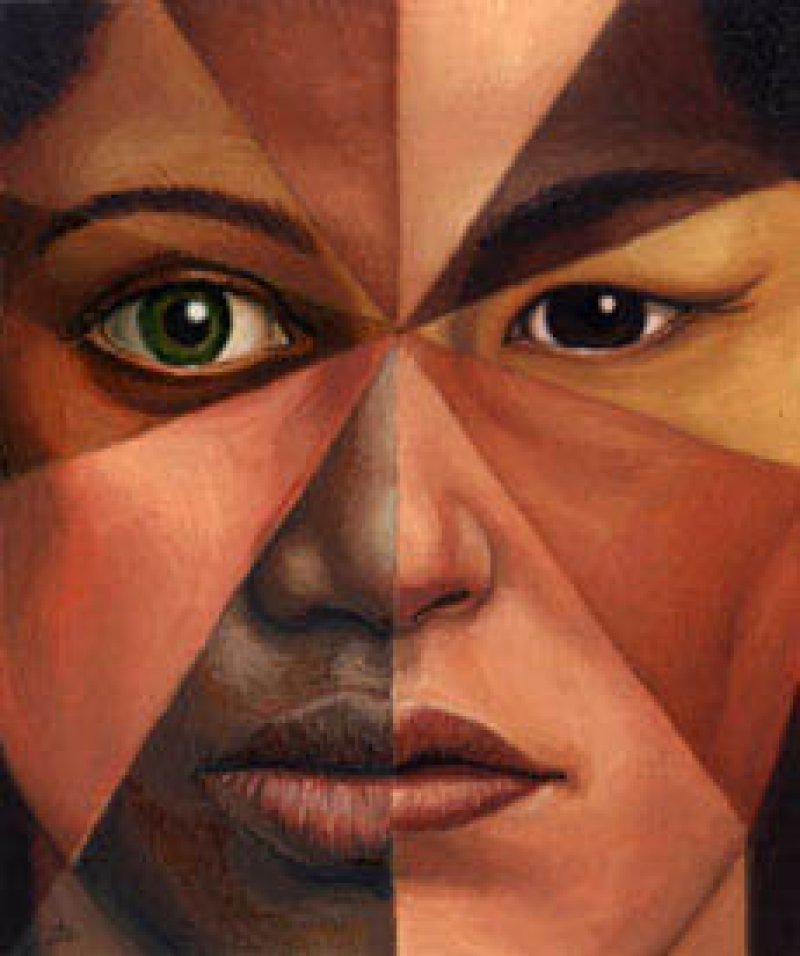The GLP aggregated and excerpted this blog/article to reflect the diversity of news, opinion and analysis.
Mention the term ‘skin color’ and people usually think of race or ethnicity. Yet this way of thinking became dominant only when Europeans began moving out and colonizing the rest of the world, beginning in the 16th century. Previously, physical features were less useful as ethnic markers. We knew about and quarrelled with those groups of people who lived within close range, and they tended to look a lot like us. People farther away looked more different, but we had less to do with them. So we separated “us” from “them” mainly on the basis of culture—language, religion, customs, and so on.
In those earlier times, skin color was used to distinguish among individuals of the same people and between the two sexes, women being paler and men ruddier and browner. A pale color also set infants apart, particularly in those societies where everyone else was much darker-skinned.
Most academics argue that dark skin became mentally associated with slavery through the Atlantic slave trade of the 16th to 19th centuries. Others, like Bernard Lewis, believe this mental association goes back to the expansion of the Muslim world into Africa in the seventh century (Lewis, 1990). Actually, it seems to go even farther back, at least to the third century and perhaps even to the establishment of Roman rule over the region (Goldenberg, 2003, pp. 155-156, 168-174). From that time onward, a pigmentocracy took shape in Egypt with Greeks, Jews, and Romans forming the dominant class. Meanwhile, a trade in slaves grew and developed between sub-Saharan Africa and the Middle East.
Read full, original post: In the Eye of the Ancient Beholder































